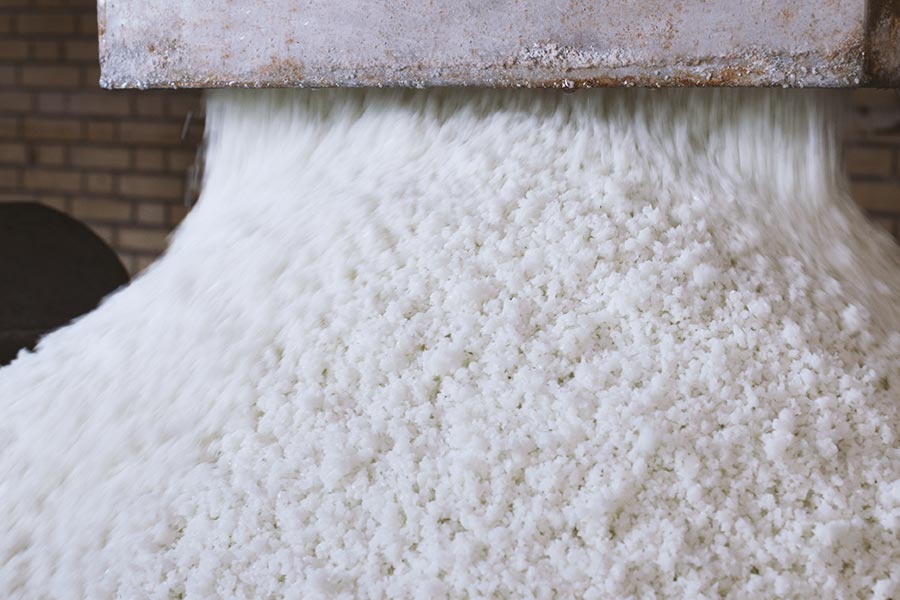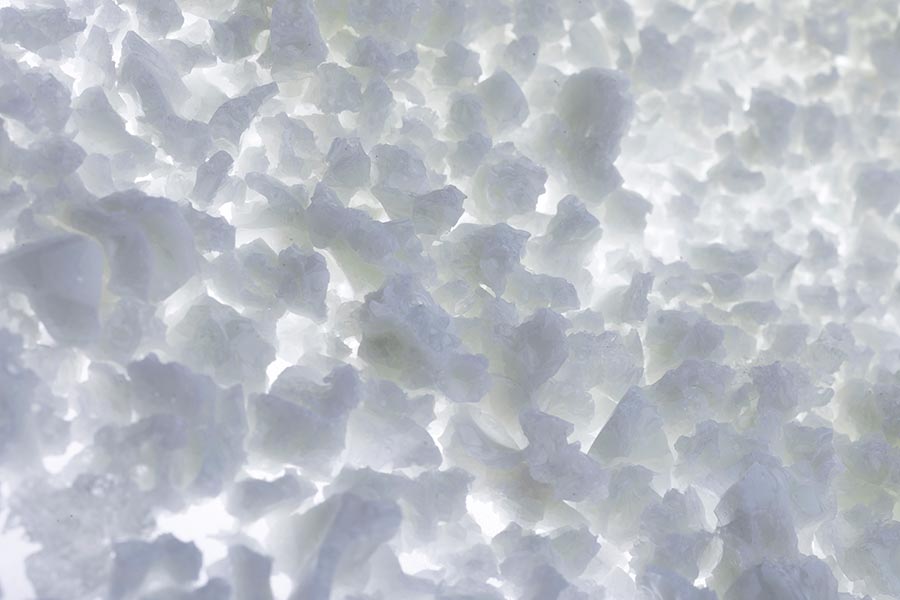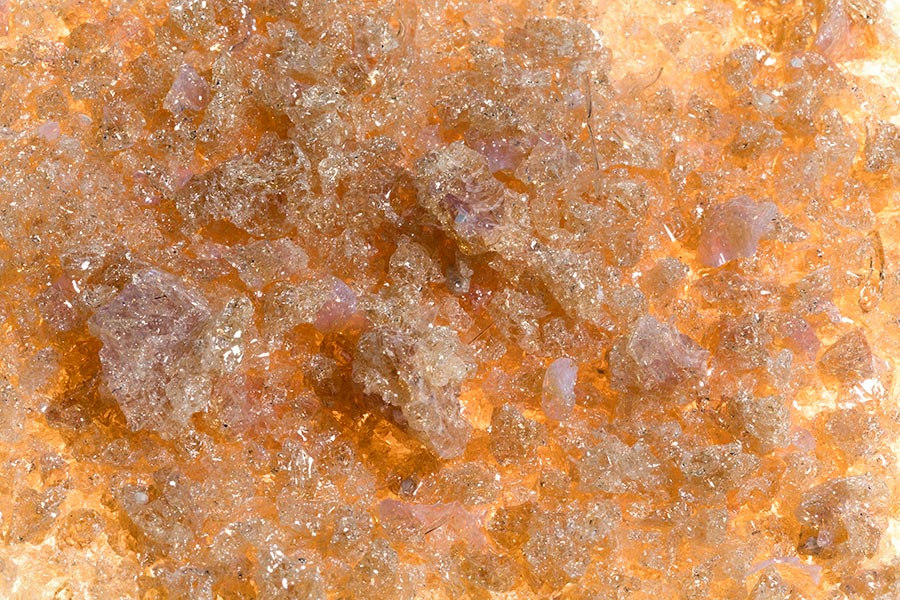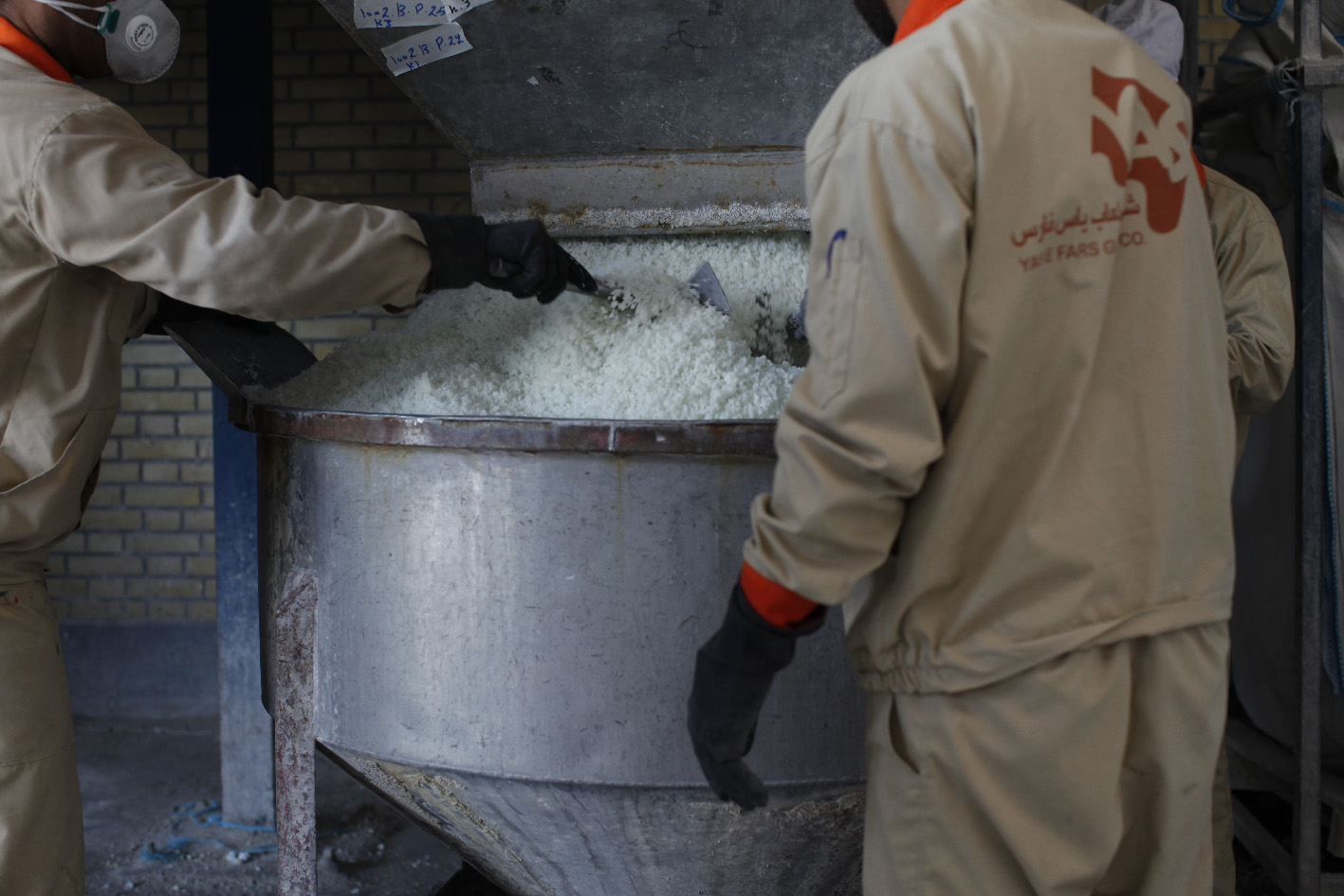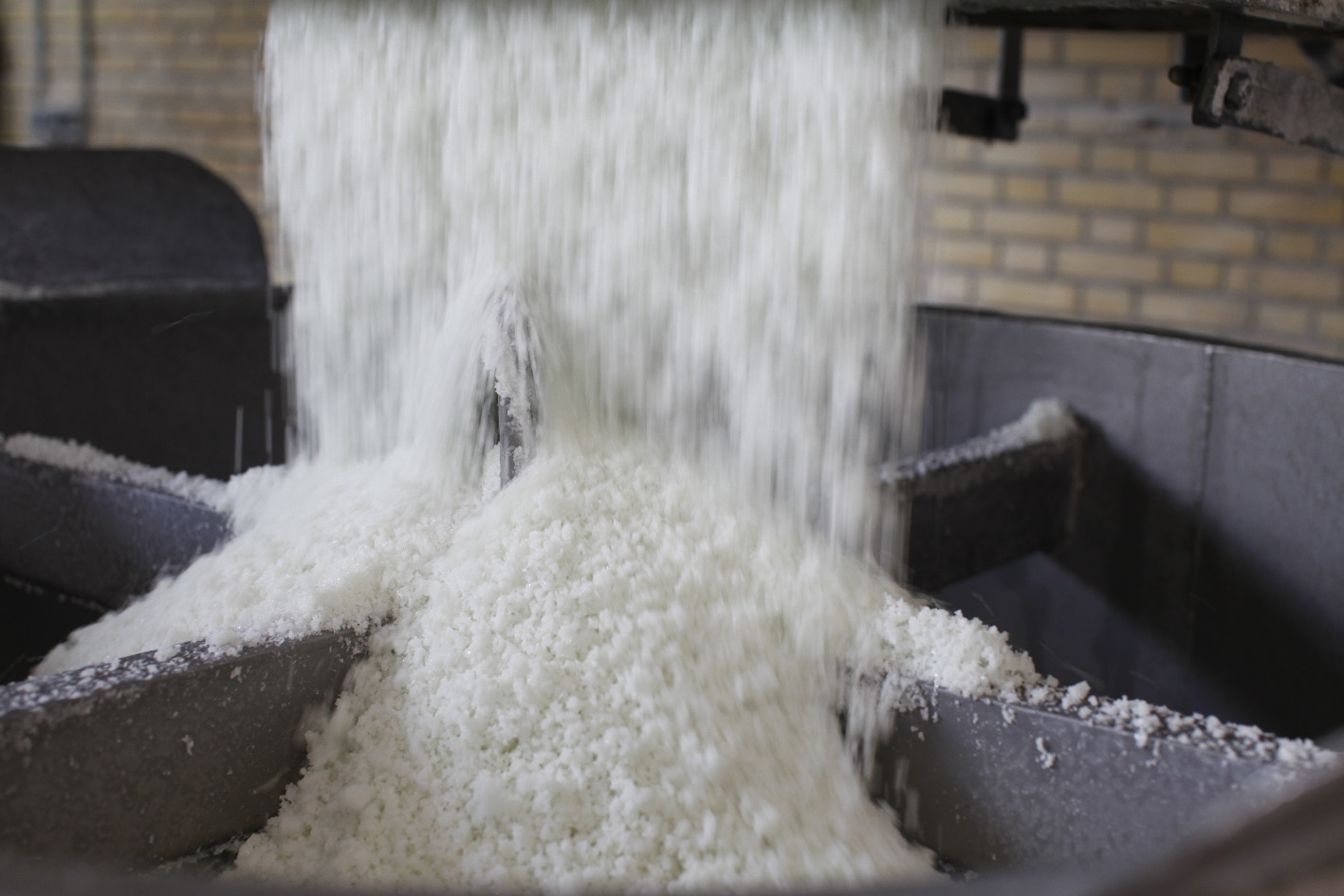Floor glaze
Definition of floor glaze and composition of the ingredients
PRODUCT DESCRIPTION
What are the characteristics of good floor tile?
The ceramic glaze for the floor should primarily have the following characteristics:
- Strength: The floor is a high-traffic area subject to wear and tear. As a result, it is critical to select the floor glaze so that it is resistant to weight and objects being pulled on it.
- Color: Thick-colored glazes might not be appropriate for the floor, but the color of the floor glaze is typically chosen to complement the room.
- Slippery: Slippery refers to the lack of friction on the surface of the floor glaze. As a result, the floor glaze's ingredient composition should be chosen, so its surface is not too glassy. However, pointing out the glassiness of the floor glaze does not mean dismissing its beauty.
Determining the composition of the floor glaze
Each glaze is made of three main materials:
- Silica, Quartz, flint, and pure silica are some ingredients that give the floor glaze its glassy quality.
- Clay or alumina such as kaolin and alumina hydrate
- Flux for melting glaze at low temperatures, such as feldspar
Flat enamel should create the floor glaze with the above properties. It refers to adjusting the proportions of these three ingredients to produce a glazed surface with the desired level of roughness. For instance, the high proportion of alumina in the composition makes the glaze hard and opaque. A floor glaze with much alumina can partially halt the melting process and produce a flat enamel. So, to make the glaze opaque, materials like tin oxide, zirconium or Zirco pax, titanium, and zinc can be used.

